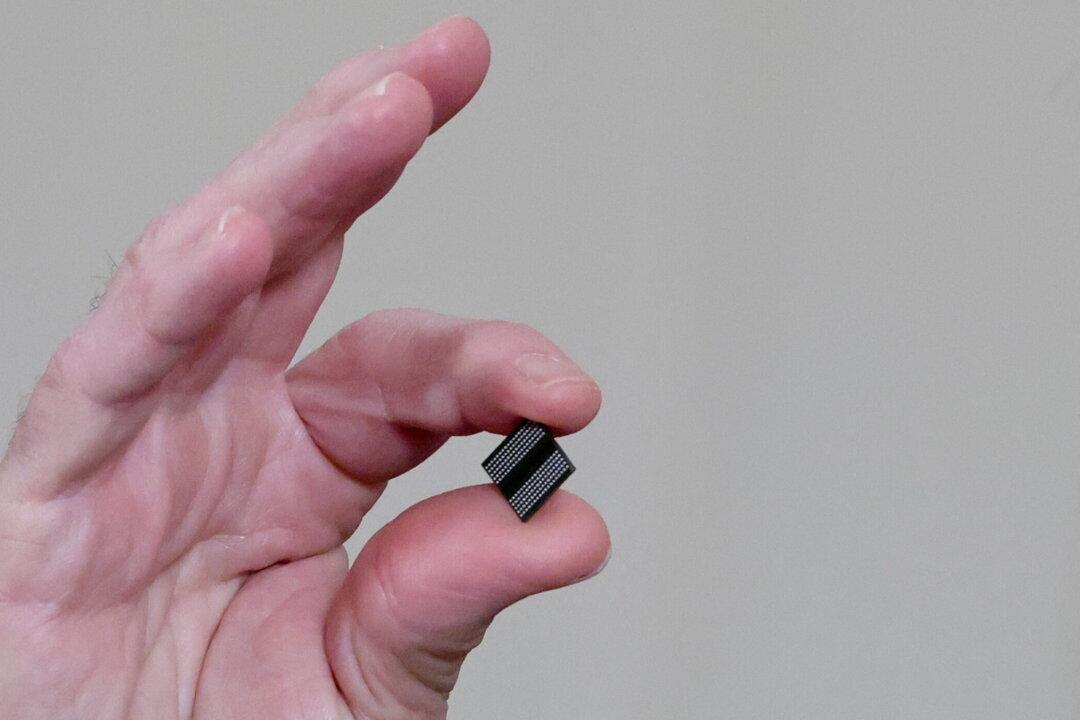The United States is facing a chronic shortage of semiconductor chips, and a long-term solution is desperately needed to avoid economic and national security risks to the nation, according to a new report by the Department of Commerce.
A government survey of more than 150 companies that produce and buy chips—aimed to provide insight into the complex and global semiconductor supply chain—found that urgent action is needed to resolve the crisis as soon as possible, as demand for chips could exceed supply for the next six months.





